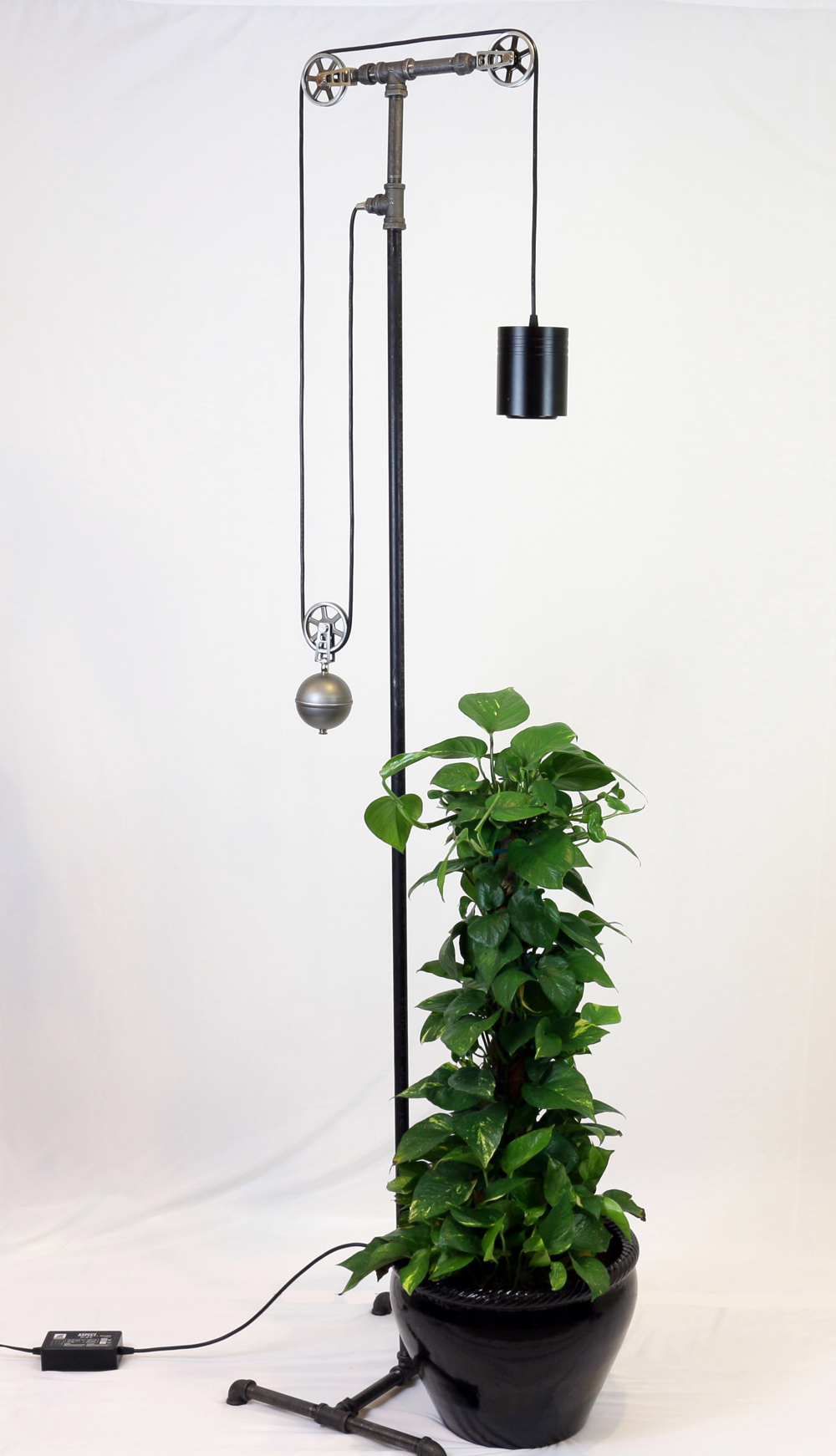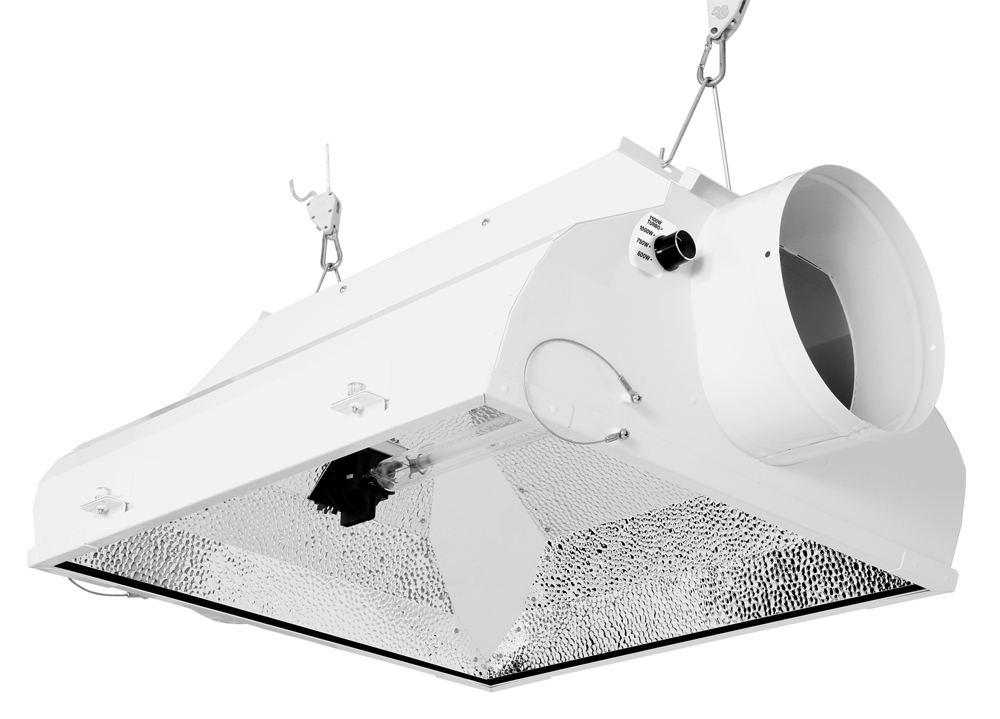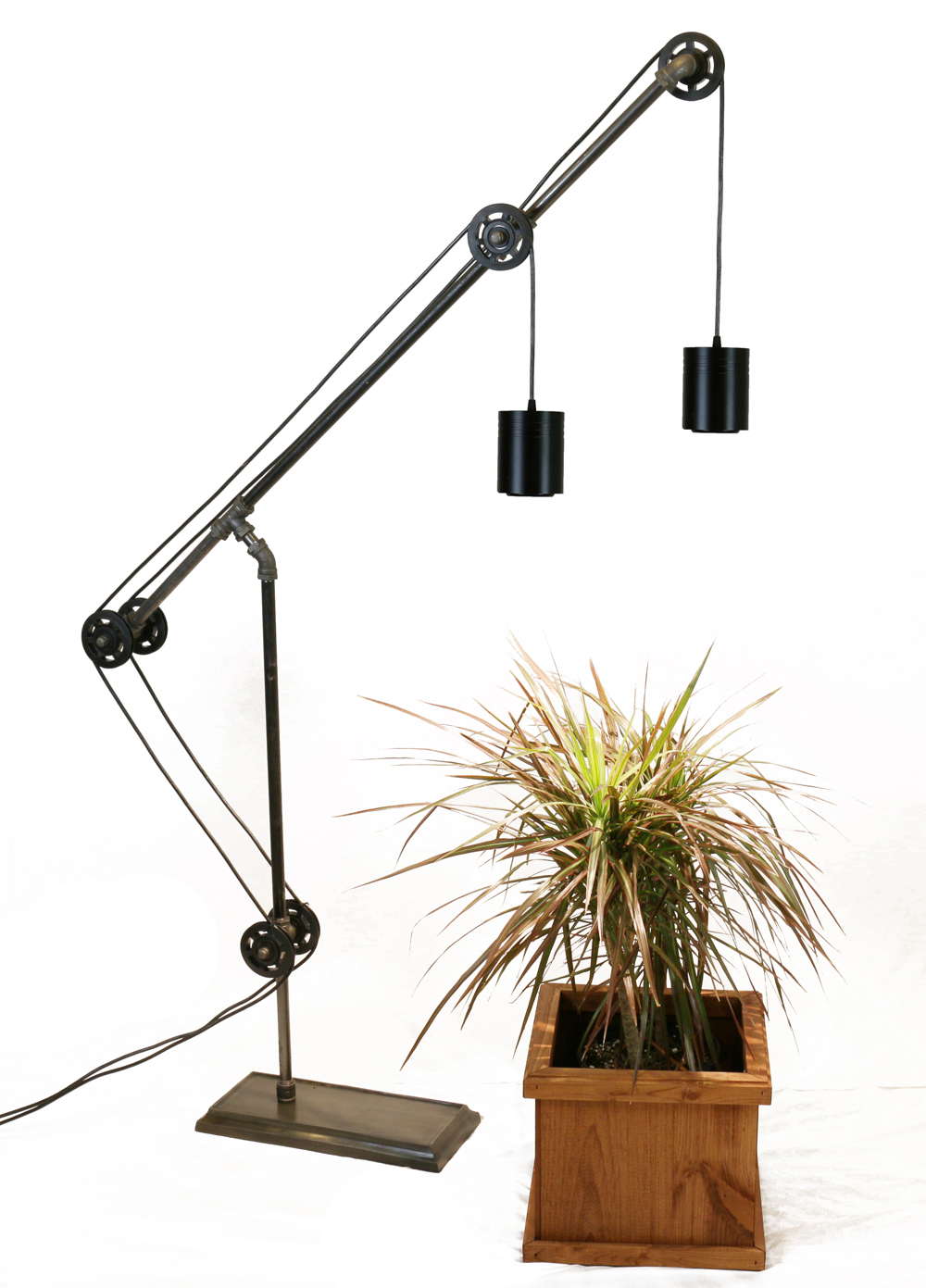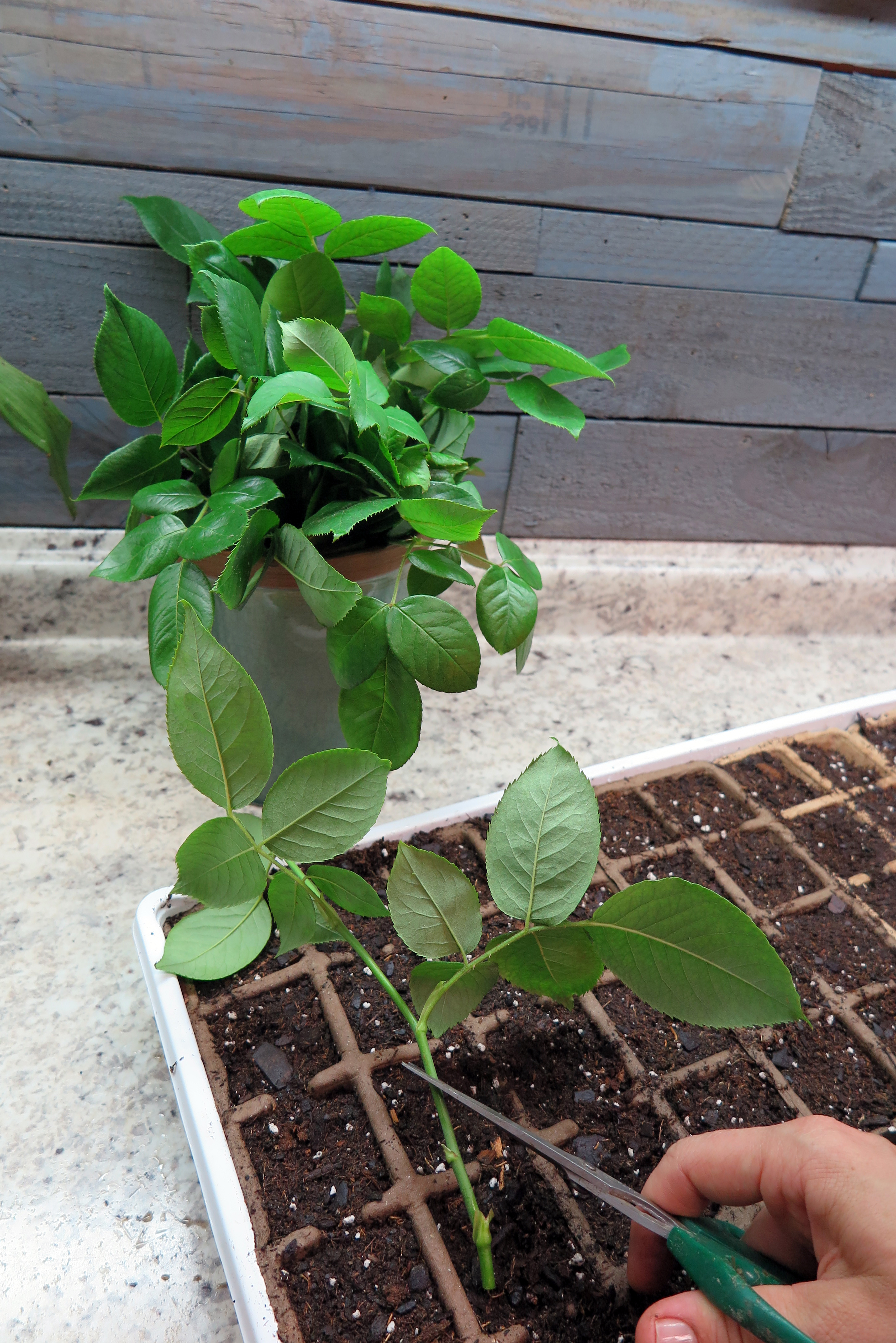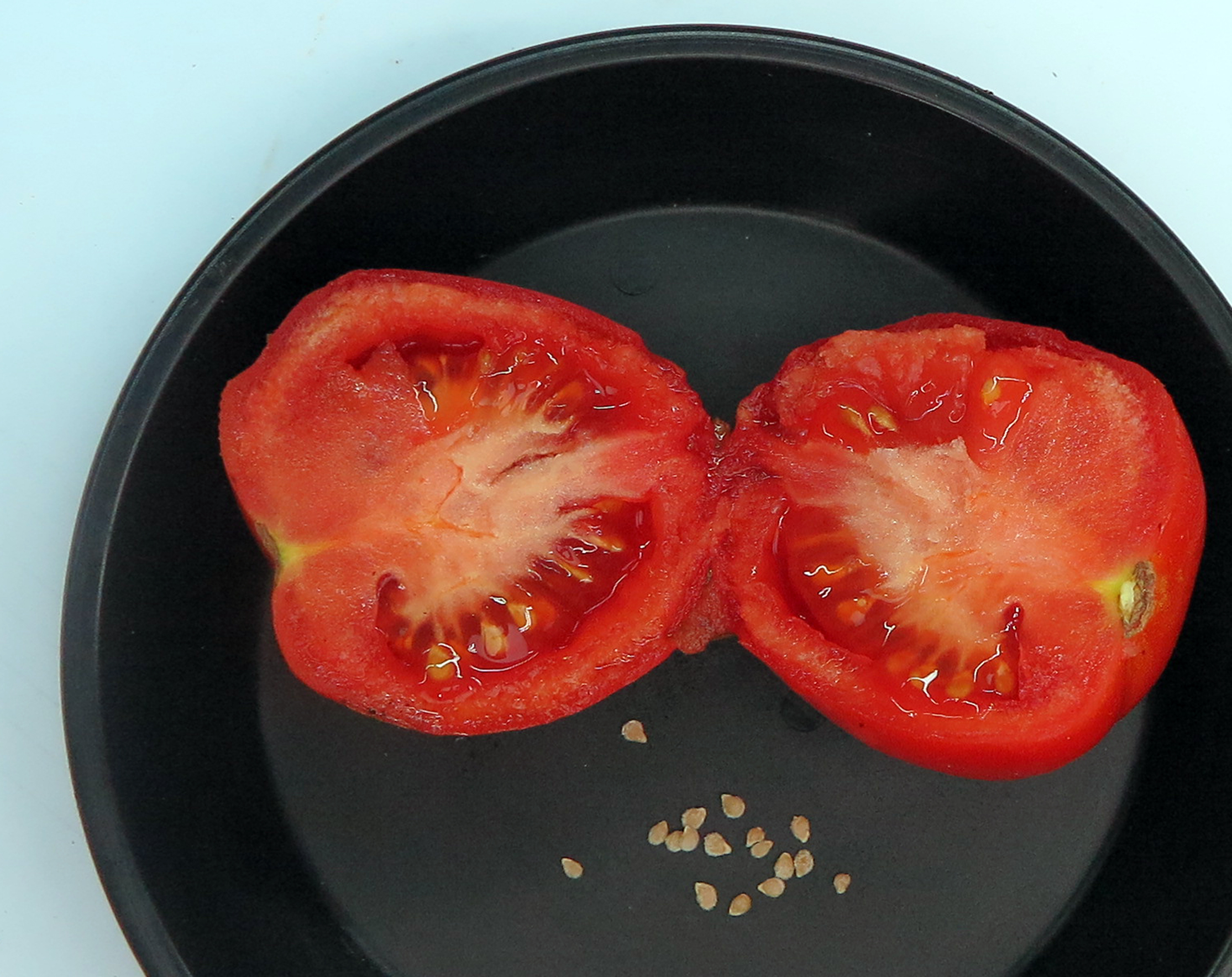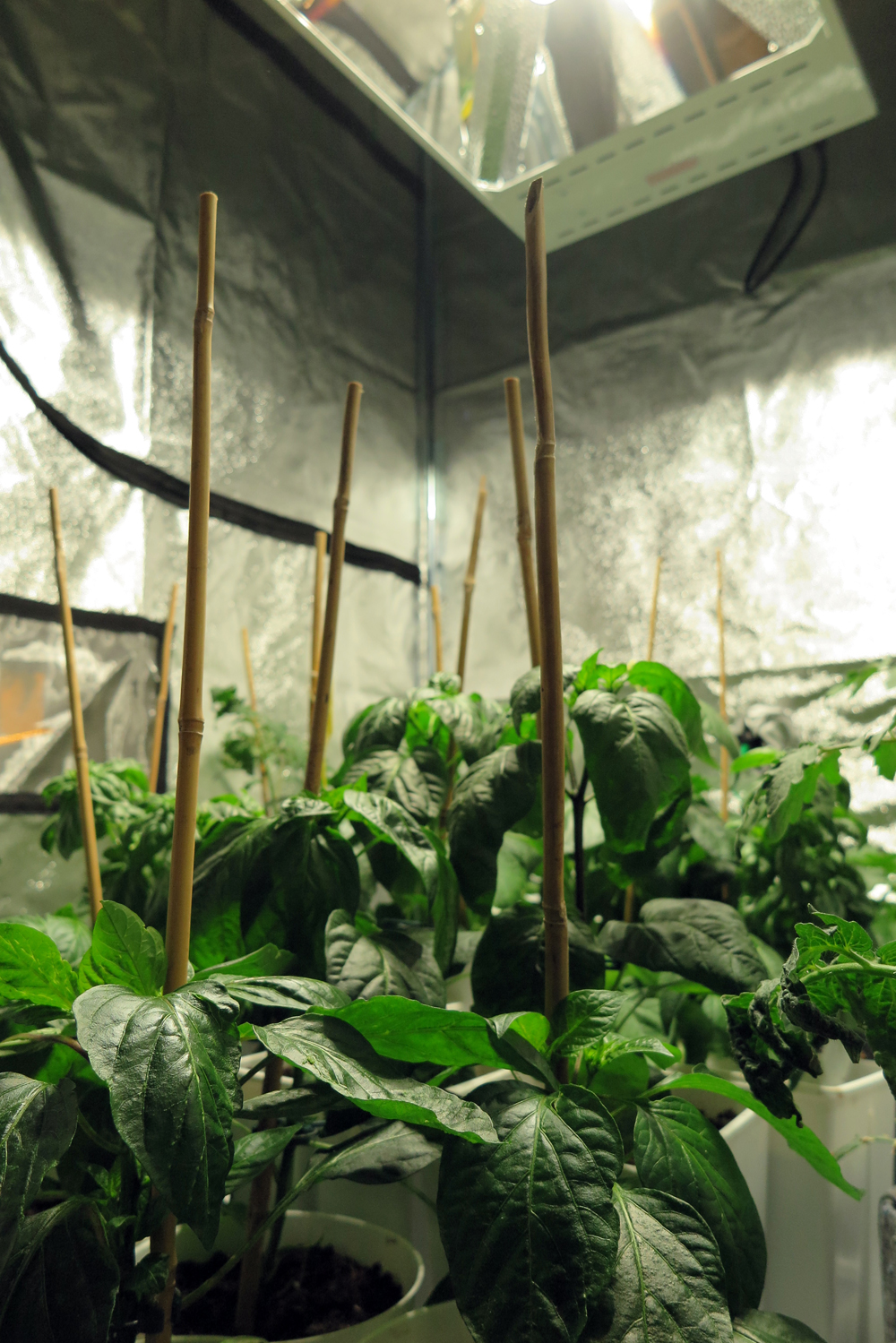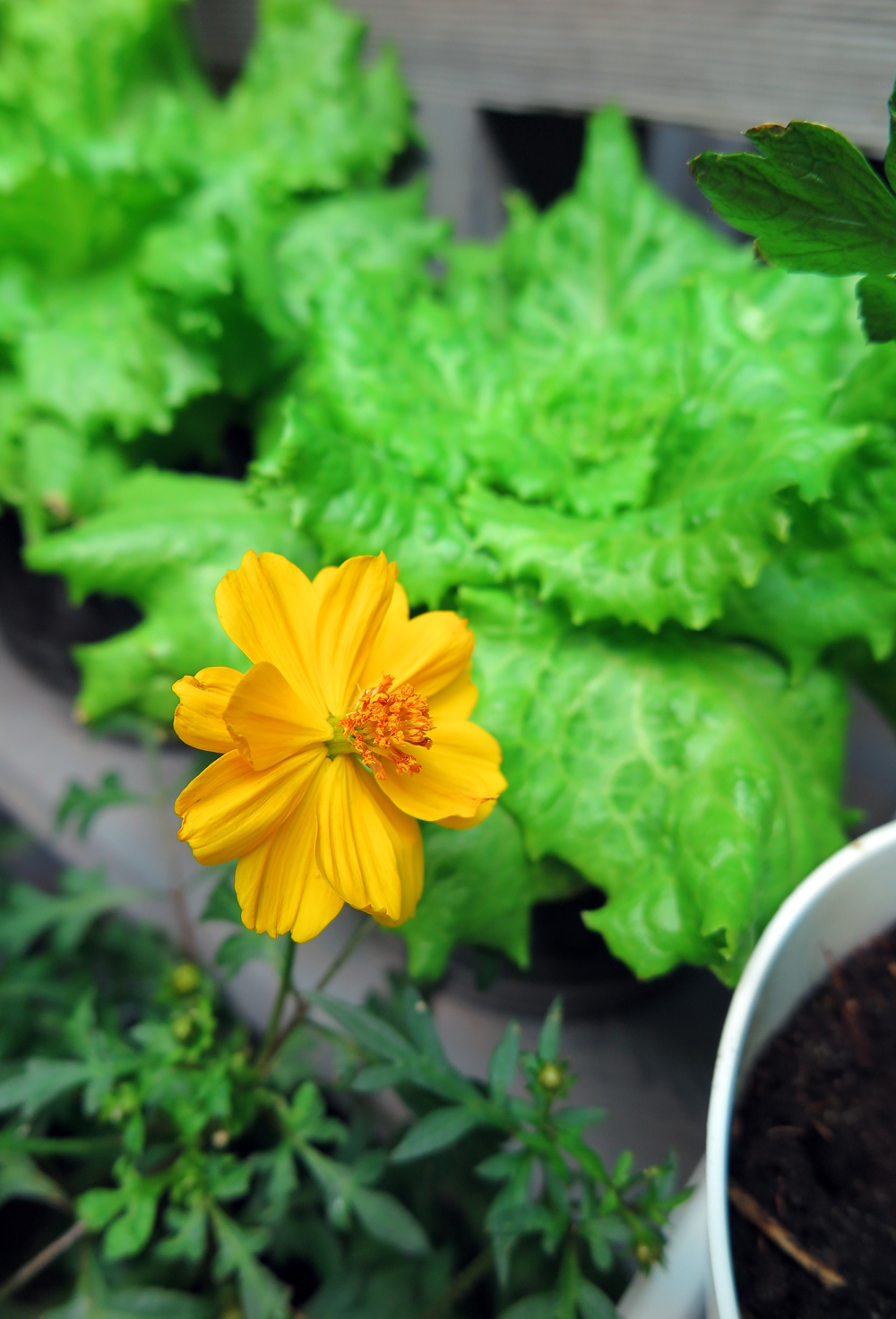Rooting Plants in Water
November 1, 2018
You can root many tropicals, perennials, annuals, and edibles directly in water. Transplant to soil as soon as plants develop a small root mat.
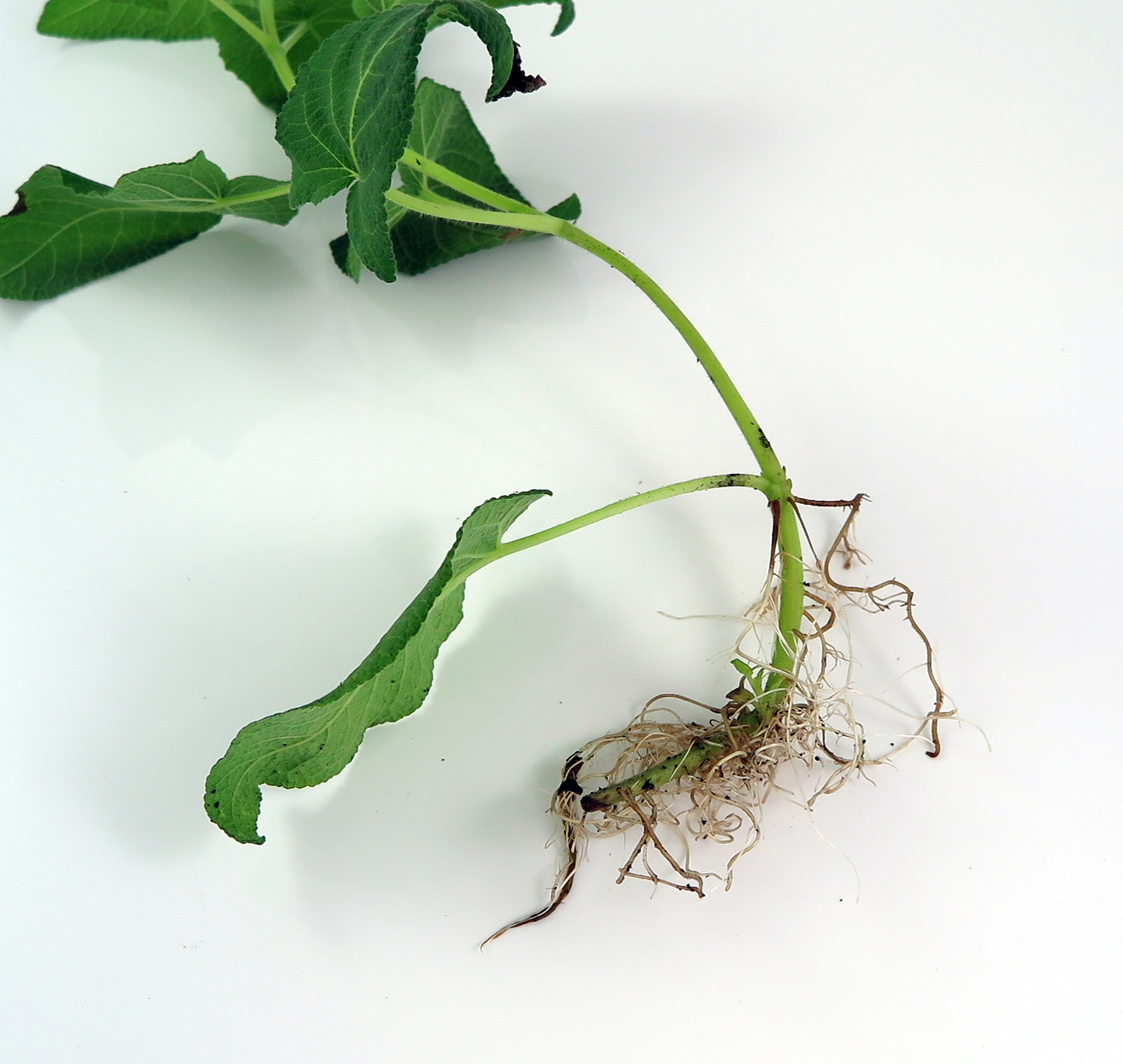
PC: Leslie F. Halleck
You can expose cuttings to 24 hours of light to speed up the rooting process. Cool-spectrum T5 fluorescents or CFLs are good options for rooting vegetative cuttings, but be sure to place the lights at least 2 feet above the cuttings, if not higher.

